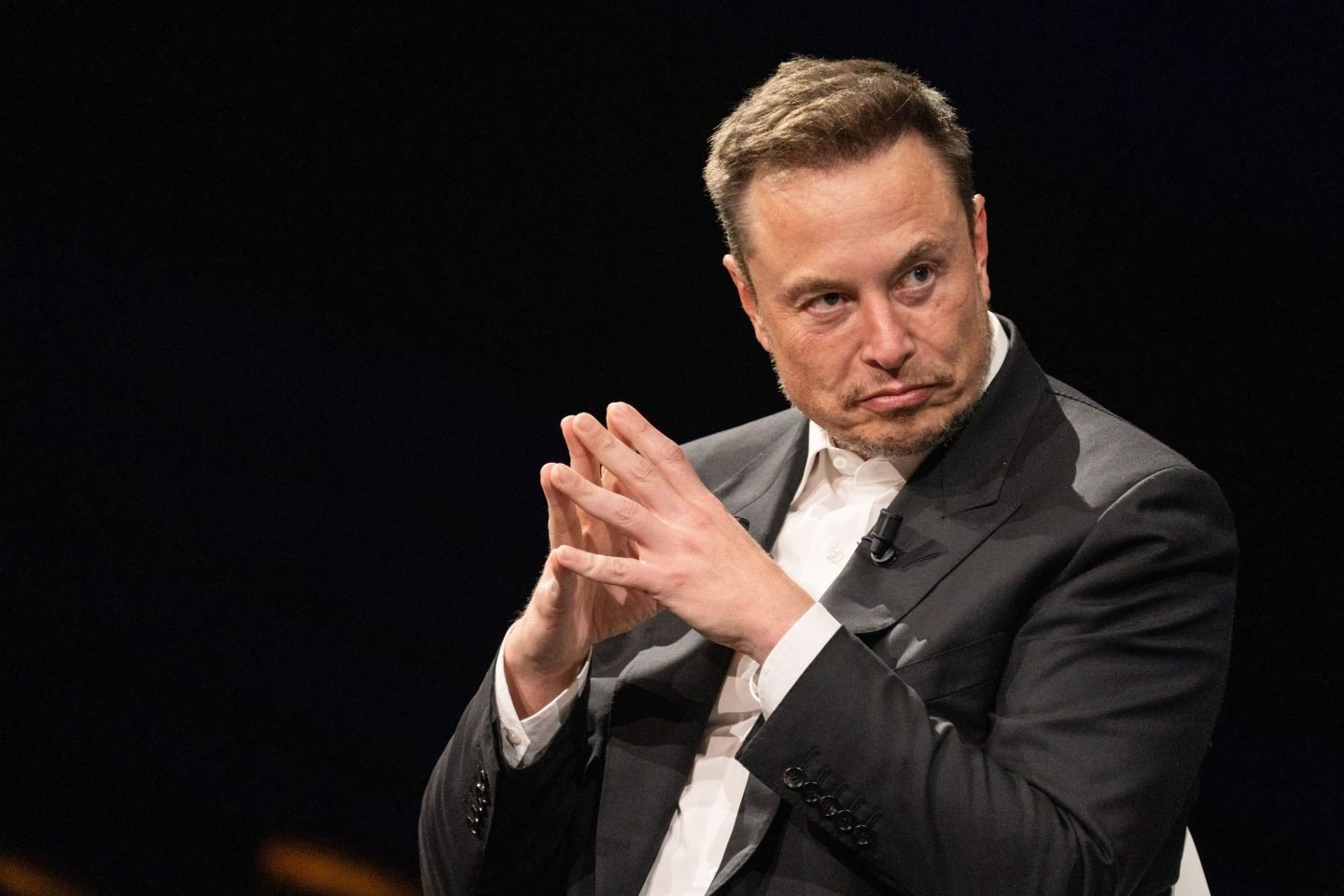Tesla Inc., the pioneering electric vehicle (EV) manufacturer led by Chief Executive Elon Musk, is embarking on an ambitious venture known as Project Dojo. This initiative involves the construction of an in-house supercomputer that is set to revolutionize the company’s autonomous driving capabilities.
The project’s budget is substantial, with Musk revealing that Tesla will invest “well over” $1 billion by the end of 2024 into the development of Dojo.
The primary objective of Project Dojo is to bolster Tesla’s autonomous driving technology by processing vast amounts of data and video. The company aims to achieve full autonomy for its vehicles, a milestone that has been eagerly anticipated within the automotive and tech industries.
During a recent earnings call with analysts, Musk outlined how Dojo would be a critical tool in processing the immense volume of data collected from Tesla vehicles to improve the performance of their neural network algorithms.
Elon Musk’s reference to “training our neural net with data from millions of vehicles” underscores the crucial role of data in enhancing autonomous driving. Neural networks are at the heart of AI-based self-driving systems, and they require extensive training to become more adept at recognizing patterns and making informed decisions.
The more diverse and comprehensive the data used for training, the more accurate and reliable the autonomous driving system becomes. Project Dojo aims to facilitate this data-intensive training process by providing the computing power needed to process and analyze vast amounts of information quickly.
Tesla’s Chief Financial Officer, Zachary Kirkhorn, clarified that the budget for Project Dojo would be split between research and development (R&D) and capital spending. This allocation of resources indicates that Tesla is committed to not only building the supercomputer but also investing in ongoing research and advancements related to AI and autonomous driving.
The scale of the data Tesla collects from its fleet of vehicles is nothing short of staggering. This data includes real-time information from sensors, cameras, and other sources embedded in the vehicles. Project Dojo will play a crucial role in processing this data and generating valuable insights that will feed back into refining the autonomous driving algorithms continuously.
It is essential to emphasize that Project Dojo is a strategic move for Tesla, reflecting the company’s commitment to staying at the forefront of AI and autonomous driving development. By building an in-house supercomputer, Tesla can gain a competitive advantage by ensuring complete control over the hardware and software aspects of their autonomous driving technology.
This level of autonomy also allows Tesla to rapidly iterate, test, and deploy improvements, giving them a unique edge in a fast-evolving industry.
Elon Musk’s statement about Tesla being at the cutting edge of AI development aligns with the company’s track record of pushing technological boundaries and revolutionizing the automotive industry. Their previous achievements, such as the development of electric vehicles with cutting-edge battery technology and advanced driver-assistance features like Autopilot, have solidified their position as industry leaders.
In conclusion, Project Dojo represents a significant leap forward for Tesla in its pursuit of full autonomy for its electric vehicles. The substantial investment in an in-house supercomputer underscores Tesla’s dedication to harnessing the power of AI and data to revolutionize the automotive industry further.
By utilizing Dojo to process vast amounts of data and video, Tesla aims to enhance the capabilities of its neural networks, bringing fully autonomous driving one step closer to reality. As Tesla continues to blaze a trail in AI development, the potential implications of Project Dojo extend beyond the automotive sector, influencing the broader landscape of artificial intelligence and autonomous systems.
Also Read:
- Twitter Vs Threads: Elon Musk sends a coded message to Mark Zuckerberg; Here’s what it is
- Google employee claims he works just 2 hours a day. Elon Musk’s reaction is all of us
- Elon Musk is ‘distracted’, a ‘top risk’ for Tesla, say investors: Report says
- SpaceX Finally Found The Issue With Booster Engines
